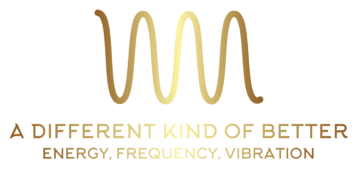PROBIOTICS:
What is a probiotic? A probiotic is a live, active bacteria. Examples of commonly known probiotics are bifidobacteria and lactobacilli. Bifidobacteria help with digestion and decrease harmful bacteria. Lactobacillus acidophilus has been used for lactose intolerance and yeast infection.
There are different sources for probiotics. Personally, I believe the human microflora to be the most effective type. Studies have shown that some probiotics do not colonize due to the fact of the inability to attach to the intestinal lining. Probiotics are also affected by heat and acidity. Transportation of these products can, therefore, sometimes harm the live, active bacteria.
Food sources of probiotics are: yogurt, kefir, kombucha, sauerkraut, pickles, miso, tempeh, sourdough bread and some cheeses.
Probiotics are one of the fastest growing categories of dietary supplements globally. Did you know that 80% of our immune system is in the gut and most of that is in the small intestine? If we are deficient we may suffer with:
1. GI conditions: Probiotics help maintain normal function of the intestinal mucosa.
2. Lowered immune function: Probiotics may help protect of against infection, candidiasis, etc.
3. Weight problems: Probiotics may be of assistance in weight management
4. Toxic burden: There is evidence to show that probiotics may assist short chain fatty acid production which helps with intestinal permeability, detoxification of heavy metals, have a potential to alter glucose metabolism, and decrease the ability for abnormal cell growth.
Causes of imbalances in healthy balance of gut bacteria:
1. Antibiotics
2. Diet high in sugars
3. Alcohol
4. Pollution
5. Low fibre diets
PREBIOTICS:
Prebiotics are non-living, non-digestible food ingredients that probiotics feed off of. They are used in the gut to increase the population of healthy bacteria. They aid in digestion and enhance production of vitamins. GOS (galacto-oligosaccharides) are one advanced form of them. The major source of prebiotics is dietary fibre – fruits and vegetables or supplements. Some food sources are bananas, chicory root, and cooked onions.
The presence of prebiotics as well as probiotics is advised. Also, it is now also recommended that prebiotics/probiotics can be taken while on antibiotic therapy as long as they are taken two hours away from when the antibiotics are taken and thus reduce the chance of an imbalance in the gut bacteria. If you would like more information on this topic, please do not hesitate to contact us through our clinic.

